Picasso and Chicago at The Art Institute of Chicago
The “Picasso and Chicago” exhibit marks the special hundred-year relationship of Pablo Picasso with the city of Chicago and features more than 250 works selected from the The Art Institute of Chicago’s own exceptional holdings and from private collections throughout city. Representing Picasso’s innovations in nearly every media—paintings, sculpture, prints, drawings, and ceramics—the works not only tell the story of Picasso’s artistic development but also the city’s great interest in and support for the artist since the Armory Show of 1913, a signal event in the history of modern art.
The 1913 Armory Show showcased the works of the most radical European artists of the day alongside their progressive American contemporaries and forever changed the artistic landscape for artists, collectors, critics, and cultural institutions in the United States. Unlike the other venues for the Armory Show in New York and Boston, which were private institutions, the Art Institute enjoys the distinction of being the only art museum to host the exhibition and as such, has the privilege of being the first in the United States to present the works of such artists as Constantin Brâncusi, Marcel Duchamp, Henri Matisse, and Picasso to the public. Indeed, Chicago’s interest in Picasso’s art would grow over the years, leading to a number of important distinctions: as just one remarkable example, in 1967 the city welcomed the artist’s first monumental work of public sculpture.
“It is clear in even the briefest of histories that Chicago played a critical, early role in the reception and development of modern art in the United States,” said Stephanie D’Alessandro, Gary C. and Frances Comer Curator of Modern Art at the Art Institute and curator of the exhibition. “While the career of Pablo Picasso is just one of many examples, it is nonetheless an extraordinary story: some of the most significant events in the reception of his art—including the first presentation of Picasso’s works at an American art museum, the first solo show devoted to the artist outside a commercial gallery, and the first permanent display of his work in an American museum—all happened in Chicago and all within just the first two decades of the last century. This exhibition marks the special hundred-year relationship of Pablo Picasso, and our city.”
Picasso and Chicago documents the development of Picasso’s career alongside the growth of Chicago collectors and cultural institutions, emphasizing the storied moments of overlap that have contributed not only to the vibrant interest in Picasso today but also to the presence of nearly 400 works by the artist in the collection of the Art Institute. The museum began its Picasso collection in the early 1920s with two figural drawings, Sketches of a Young Woman and a Man (1904) and Study of a Seated Man(1905); in 1926 the Art Institute welcomed one of Picasso’s signature Blue Period paintings, The Old Guitarist (late 1903–early 1904), as a part of a generous gift in memory of Helen Birch Bartlett.
Over the subsequent decades, the museum’s collection has expanded to include such important paintings as the classically inspired Mother and Child (1921) and surrealist Red Armchair (1931), as well as such memorable sculptures as the Cubist Head of a Woman (Fernande) (1909), the playful Figure (1935), and the maquette for Picasso’s largest three-dimensional work, the Richard J. Daley Center Sculpture (1964–67). The Art Institute has also developed an exceptional collection of works on paper that demonstrates Picasso’s endless inventiveness and masterful draftsmanship, as seen in such extraordinary examples as the turbulent Minotaur (1933) and the monumental Woman Washing Her Feet (1944). Likewise, the print collection holds special works including The Frugal Meal (1904), one of only three examples of this familiar Blue Period etching printed in blue-green ink. Because of the fragility of the drawings and prints, these works from the museum’s collection are rarely on view, and visitors will be offered an extraordinary opportunity to see them in the context of Picasso’s career and the museum’s own collection.
The exhibition is accompanied by a handsome catalogue, Picasso and Chicago: 100 Years, 100 Works, that brings together 100 of Picasso’s finest works in Chicago. The book will be available beginning March 4, 2013, at the Art Institute’s Museum Shop for $24.95.
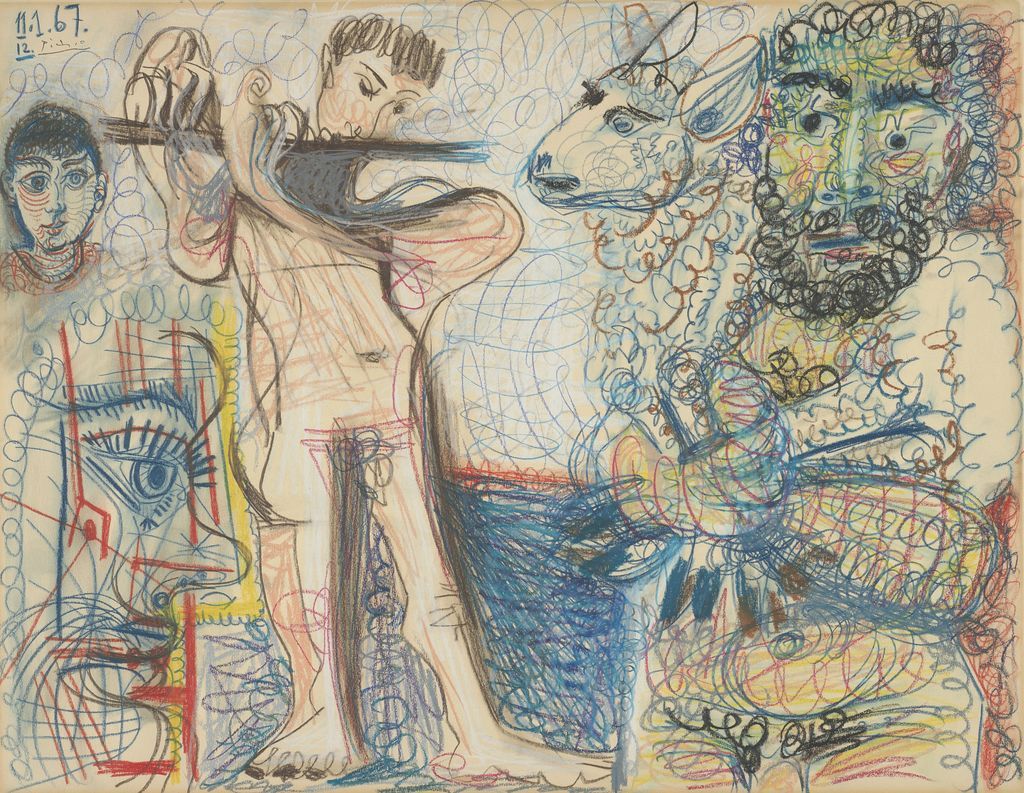
Pablo Picasso. Man and Flute Player, 1967. The Art Institute of Chicago, restricted gift from the estate of Loula D. Lasker, © 2013 Estate of Pablo Picasso / Artists Rights Society (ARS), New York.
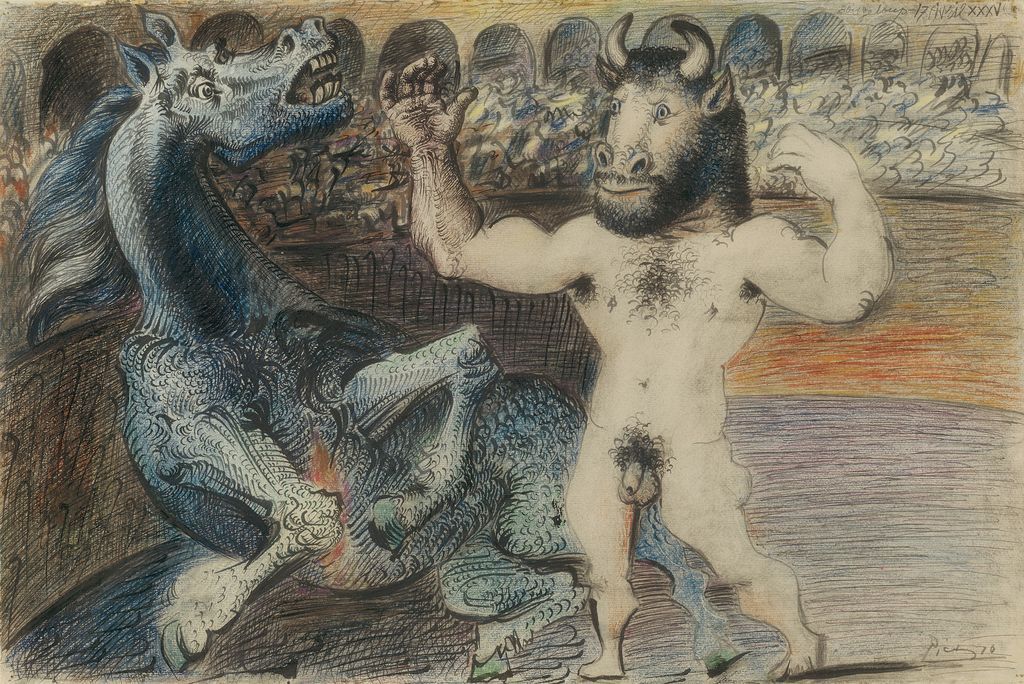
Pablo Picasso. Minotaur and Wounded Horse, 1935. The Art Institute of Chicago, Anonymous gift. © 2013 Estate of Pablo Picasso / Artists Rights Society (ARS), New York.
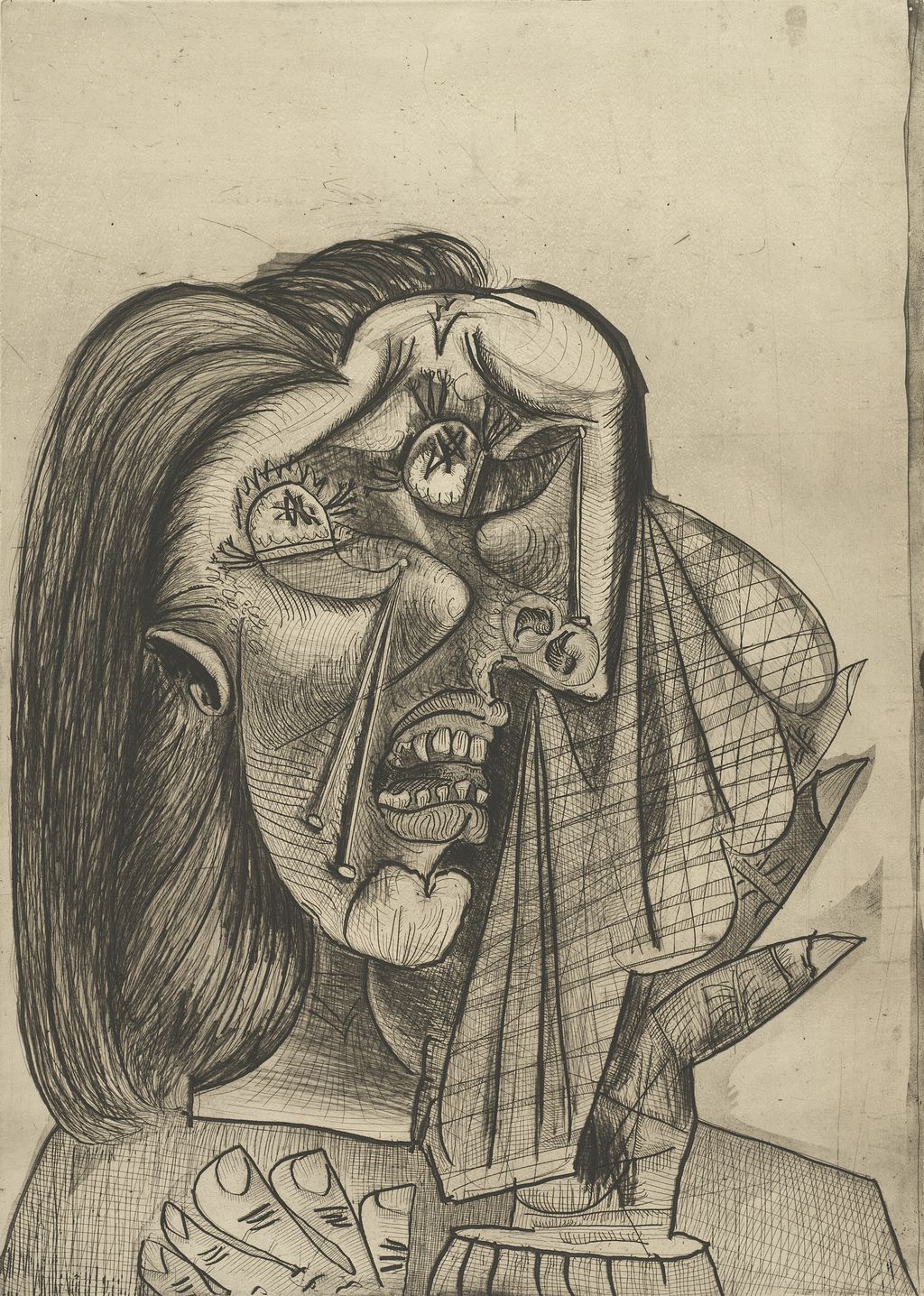
Pablo Picasso. Weeping Woman I, 1937. The Art Institute of Chicago, through prior acquisition of the Martin A. Ryerson Collection with the assistance of the Noel and Florence Rothman Family and the Margaret Fisher Endowment. © 2013 Estate of Pablo Picasso / Artists Rights Society (ARS), New York.
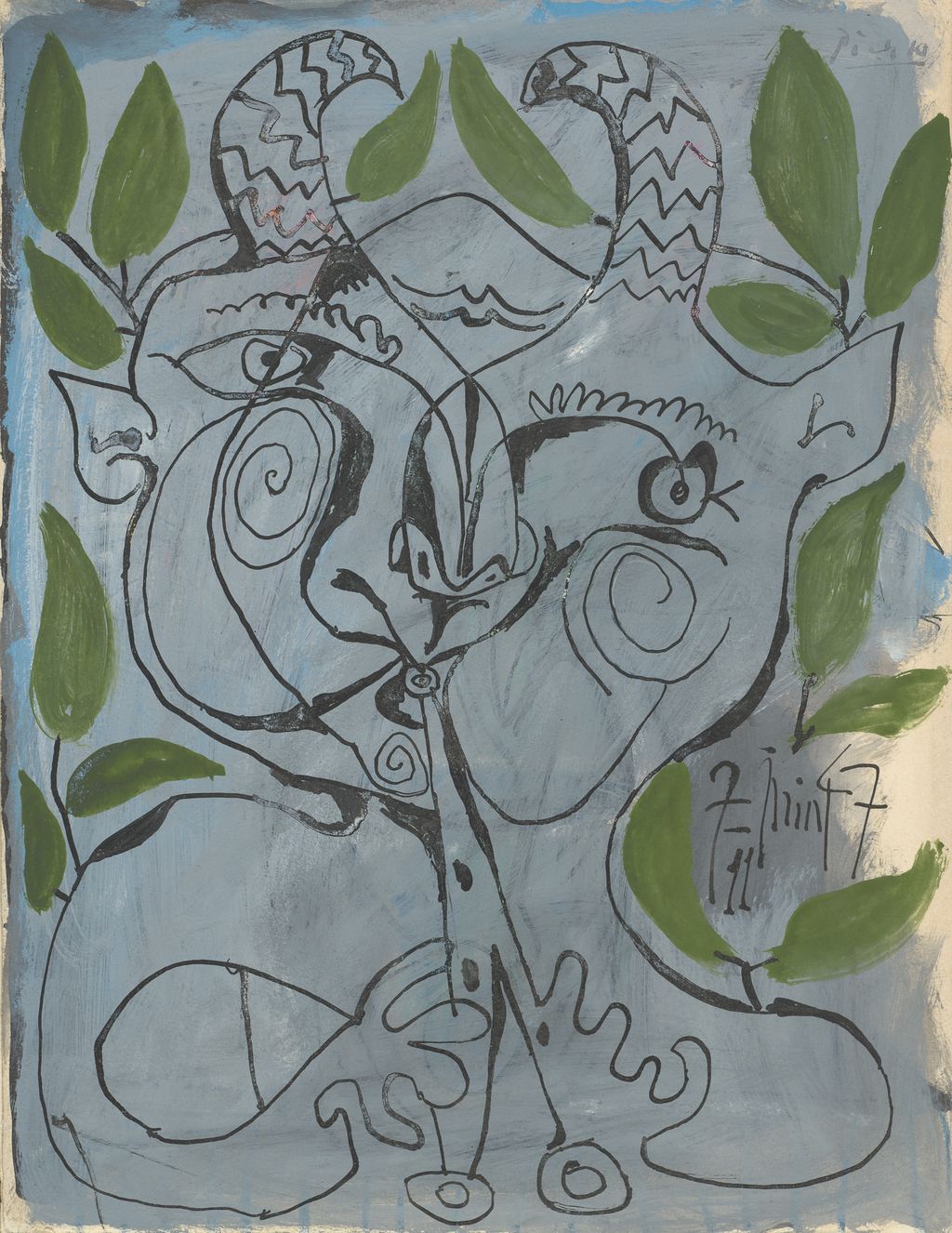
Pablo Picasso. The Faun Musician, 1947. The Art Institute of Chicago, gift of Dorothy Braude Edinburg to the Harry B. and Bessie K. Braude Memorial Collection. © 2013 Estate of Pablo Picasso / Artists Rights Society (ARS), New York.
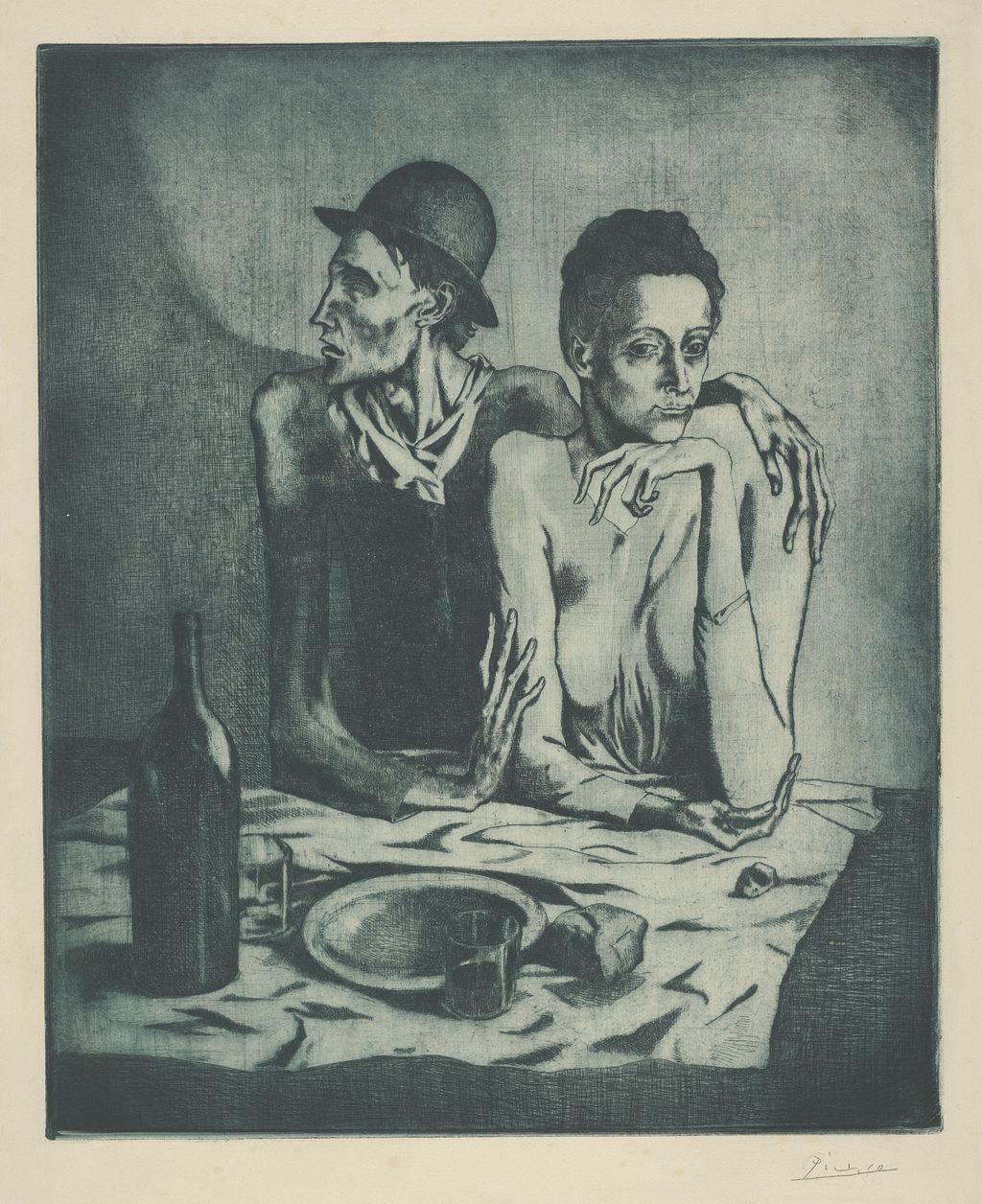
Pablo Picasso. The Frugal Meal, from The Saltimbanques,1904. The Art Institute of Chicago, Clarence Buckingham Collection. © 2013 Estate of Pablo Picasso / Artists Rights Society (ARS), New York.
“Chicago and Picasso”
February 20 – May 12, 2013
The Art Institute of Chicago
111 South Michigan Avenue
Chicago, IL 60603
FRAMING SPECIFICATIONS AND ADVICE
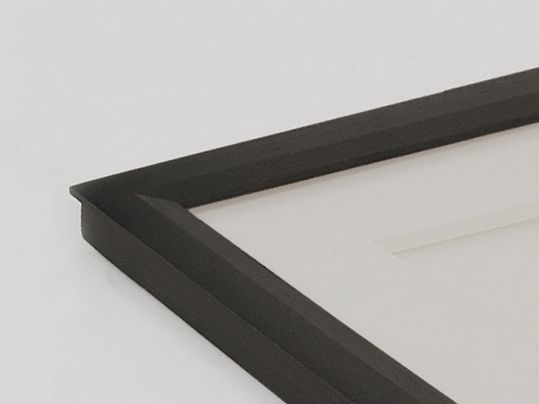
Kertesz frame
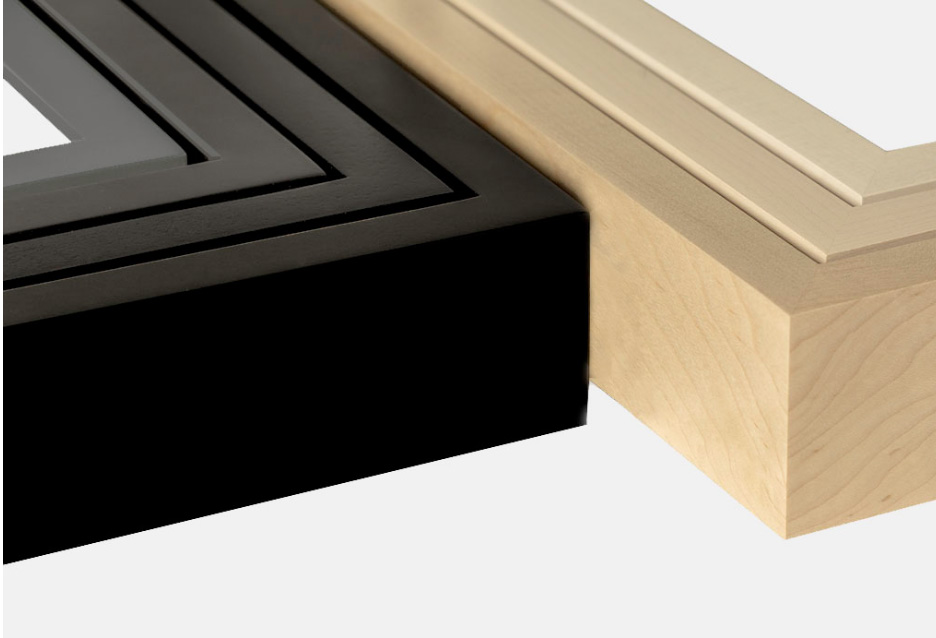
Metro Gallery frames in a variety of finishes
METRO GALLERY FRAME
Standard Profile: 101 & Profile: 105
UltrA Thin Profile: 102UT
Museum Profile: Kertesz frame
Type: standard gallery frame, ultra thin gallery frame, museum frame collection frame
Wood & Finish: walnut wood frame, cherry wood frame, and maple wood frame with charcoal finish
Purchasing Option: standard joined frames
Framing Advice: fitting gallery frames